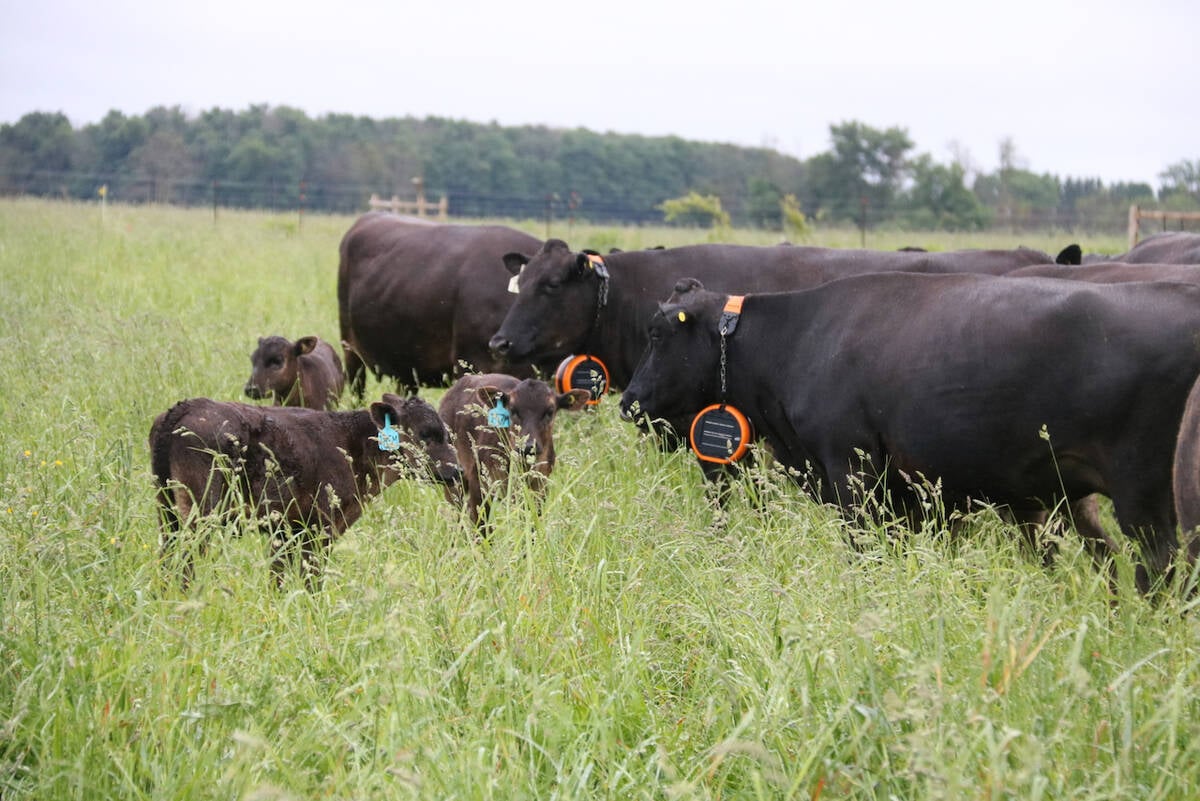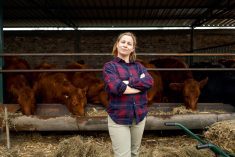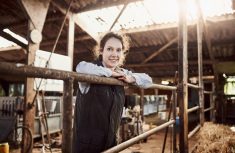If you were asked to envision a librarian-belly dancer, I am not sure what picture would come to mind. But that is exactly what Lauren Sergy, owner of Up Front Communications, is, in addition to being a communications and teamwork specialist.
At the recent Advancing Women in Agriculture conference in Calgary, Sergy told a very effective story about an experience driving a sled-dog team to stress the importance of a team working together.
Read Also

Connecting marbling scores in Japanese and Canadian grading systems
Research into whether Canadian marbling scores can predict Japanese marbling scores
“Communication is intimately tied to power. The tone is always set from the top down.”
When top-down communication is healthy, it creates a predictable environment and alignment. The team is working towards the same goal, in the same way. Bottom-up communication is a place to spot potential problems. When it is healthy, team members are engaged, sharing, innovative and problem-solving. Sergy believes both directions must be working well for the team to be high functioning.
Sergy talked about two components of communication, the first being basic information and the second being the emotional element. “All information gets filtered through the emotional side of our brain. The emotions and perceptions will change how we hear. And this flow of communication is fragile. Communicating well is hard work. But when the trust account is high, communication is easy, instant and effective.” She says teams should always be working on building trust.
In our grazing management, we have heard that nature abhors a vacuum. Sergy says it is the same with the human brain. So, in the case of a team with great uncertainty and little trust, rumours and speculation will run rampant. If employees don’t feel heard, they may adopt a “why bother” attitude. The actions of leadership can help repair this situation.
Focus on dependability and reliability. Employees need to know you say what you mean. Continually strive for clarity.
Make enabler your default mode. Of the four decision-making authorities and communication modes — informer, director, explorer and enabler — the enabler is an excellent place to operate from. Questions such as, “What do you think we should do?” can open the flow of communication.
Facilitate productive, solution-centred communication. The fight, flight or freeze mode is stressful and the aim should be to help people get out of that mindset and move forward.
Sergy suggests mitigating the blame game by removing personal pronouns in conversations. “Avoid ‘I, we, you and they,’ as this ties people to the problem. It is a subtle tool and does take practice to rephrase and can make the situation more objective.”
Another suggestion she had was about the tense we are speaking in. Remember Grade 10 English? Sergy says speaking in the past tense also puts us in a blame game, as we try to find out whose fault it is. The present can be the language of groupthink and so she cautions us about separating the “us” from “them.”
The future tense is the best spot, as it can be the language of choice, exploration and possibility such as, “What are we going to do next” or “How might that look?” This can guide people to positive idea generation.
Another technique is to say, “yes and” and avoid “yes but.” Sergy shared this from her experiences with improv. “This encourages brainstorming and collaboration and helps move things forward a little faster,” she says, adding, “‘Yes, but’ is actually a ‘no’ in disguise.”
She goes on to suggest that teams have specific “yes and” meetings. As with some of the other suggestions, these techniques take practice, but anyone can do them.
“Find a low-stakes time when you can practice and experiment. The more you do it, the easier it gets. This is all a long game if you want your organization to function well over the long haul.”
As we work individually to improve communication through our speaking, Sergy suggests we look at our strengths. These may be coming from knowledge and technical skills, our experiences and perspectives or intangible personal qualities and characteristics. An exercise she suggests to uncover strengths is to email at least 10 people you know and ask them, “What do you come to me for help with and why?” It may take a little push to get people to do this, but it could be valuable.
She was framing these ideas in the context of making presentations, but the concepts can be applied more broadly. Strive for role clarity, identify an authentic style and ask yourself, “What values and characteristics do I want people to pick up on right away and how do I naturally express these qualities?” Again, she suggests we ask friends and trusted colleagues how they see this. Or identify a few other speakers whom you admire and might like to emulate. As the writing of this column has now evolved to making videos and soon a podcast, Sergy’s advice is useful.
With many of her ideas, Sergy stresses that we need to observe, experiment and practice. “You will have to get out of your comfort zone to get to the magic!”
Kelly Sidoryk ranches with her family just west of Lloydminster, Alta. She consults in several areas including succession planning and holistic management.
Watch our video extras and all of our Depth of Field videos in one place, here!















